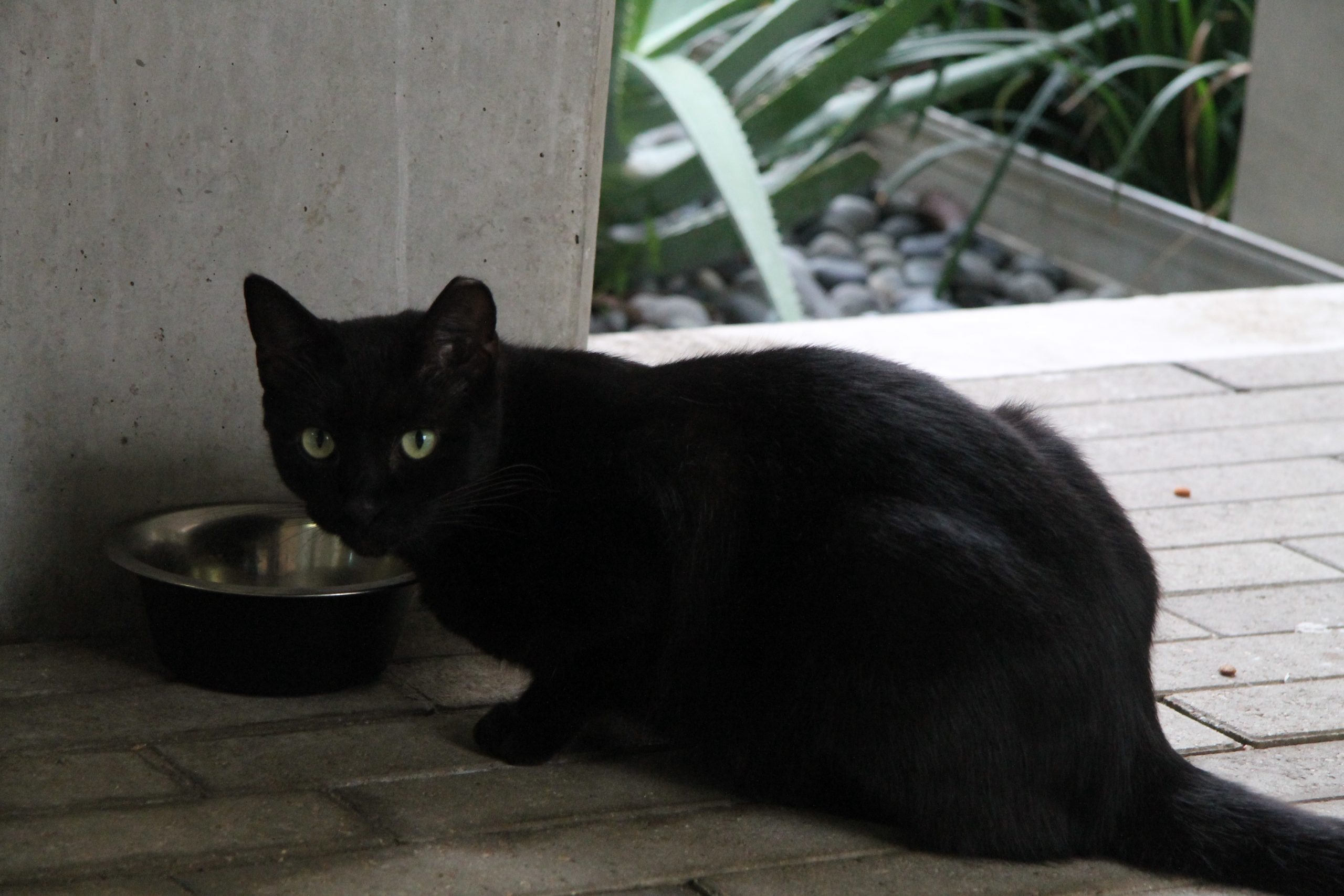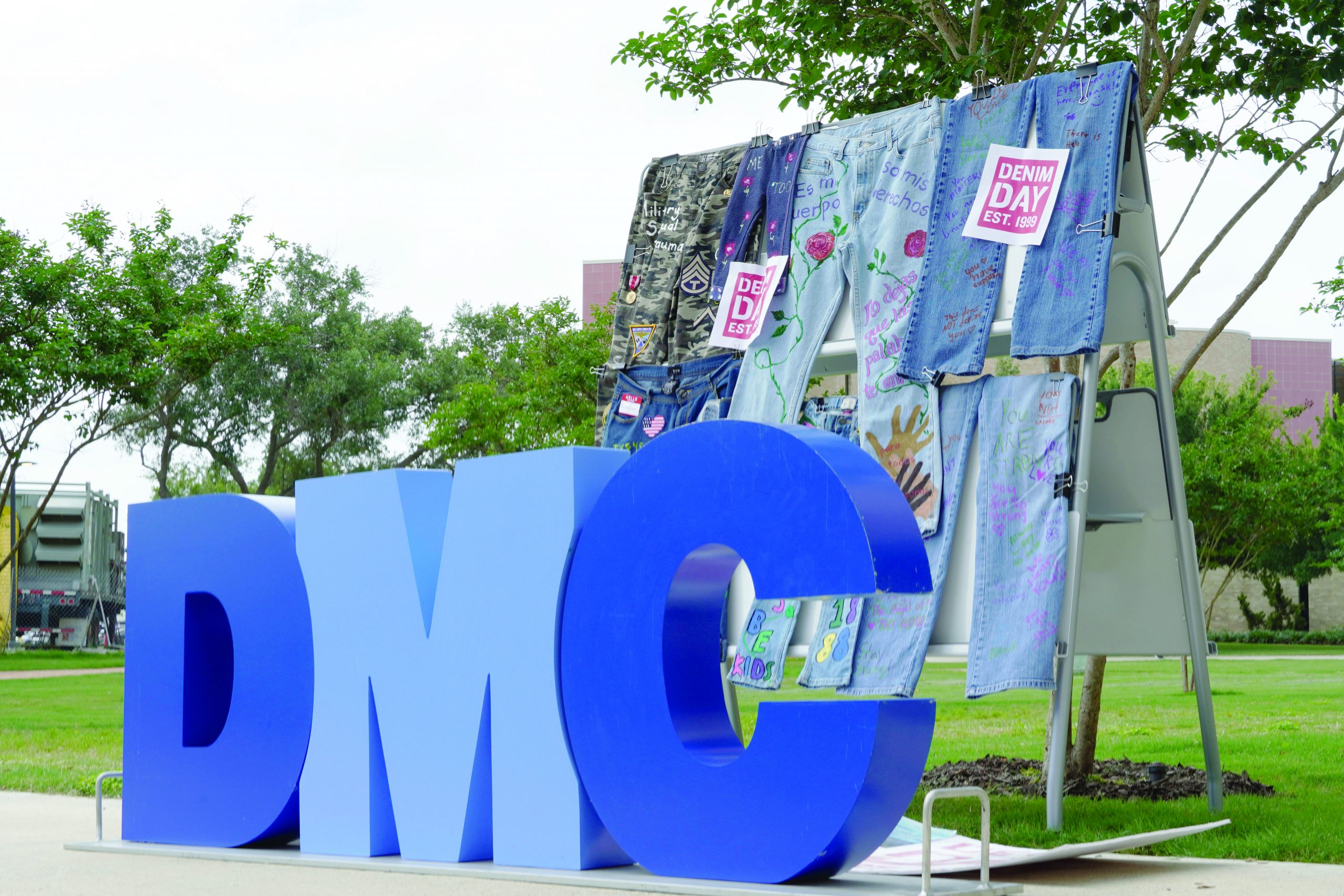The Physical Facilities Department is drafting plans to have Heritage Campus designated as a cat colony.
For years, Heritage Campus has served as home to a number of stray cats. They have found home in the crawlspaces below the buildings and are kept well fed by campus faculty and staff. Over the years, some of them have even earned endearing or humorous names, given to them by their human neighbors.
The Physical Facilities Department has since begun drafting plans to make Heritage Campus a better place for its feline inhabitants. According to John Strybos, vice president of Physical Facilities, one part of the plan is to combat unregulated feeding activities, a practice referred to as free feeding.
“Uncontrolled feeding activities has led to property damage, unsafe and unsightly conditions for the cats and people, as well as an increase in pest population and pest damage,” Strybos said.
The practice can also lead to unintentional overfeeding, which is known to cause health issues, such as diabetes, in cats. Uneaten food can attract unwanted animals such as opossums, rats and even dogs, Strybos said.
Strybos also cited local and state regulations pertaining to the feeding of wild animals. Unregulated feeding habits are considered noncompliant with these regulations.
To combat unregulated feeding, the department plans to establish designated feeding areas as well as trained feeders. According to Strybos, the feeders will be responsible for not only feeding the campus cats, but also ensuring that any excess food is removed.
Mona Palmer, a library public service assistant at Heritage Campus, is one of the staff members who have been taking care of the campus cats in the absence of an official program.
“These are my babies,” she said.
When Palmer arrives on campus every morning, the three cats that she takes care of are always right there by the door, waiting for breakfast.
“Right now, I’ve been feeding them every morning. If it runs out and somebody walks up, I’ll come out and give them some more,” she said.
Palmer intends to volunteer as a feeder when the program is put into place.
Another part of the department’s plan is to control the cat population on campus.
The department intends to conduct trap, neuter and released (TNR) activities with the goal of neutering and spaying 60-80% of the campus cat population within the first year. There are also plans to allow for the re-homing of some of cats, further decreasing the population.
The cat colony program will also include agreements with local shelters and veterinarians, which will give the cats access to emergency care in the case of injury.
“Providing this care reduces the risk of injury to a college member from an injured cat,” Strybos said
“This program is modeled after other successful college cat colony programs which have controlled the on-campus cat populations while reducing the associated problems with the cat populations,” he added.
One such college program is that of Southwestern University in Georgetown, which is home to eight felines, or as the university’s website calls them, its “cat partners.”
Similar programs have also been put in place at Texas A&M University, Texas A&M University-Corpus Christi, Texas Tech University and Southern Methodist University, the latter having a feral cat population of almost 50 cats.
As of now, the program is still in its drafting phase.
[AC1]Feel free to remove this part if you believe the story would be better without it.





